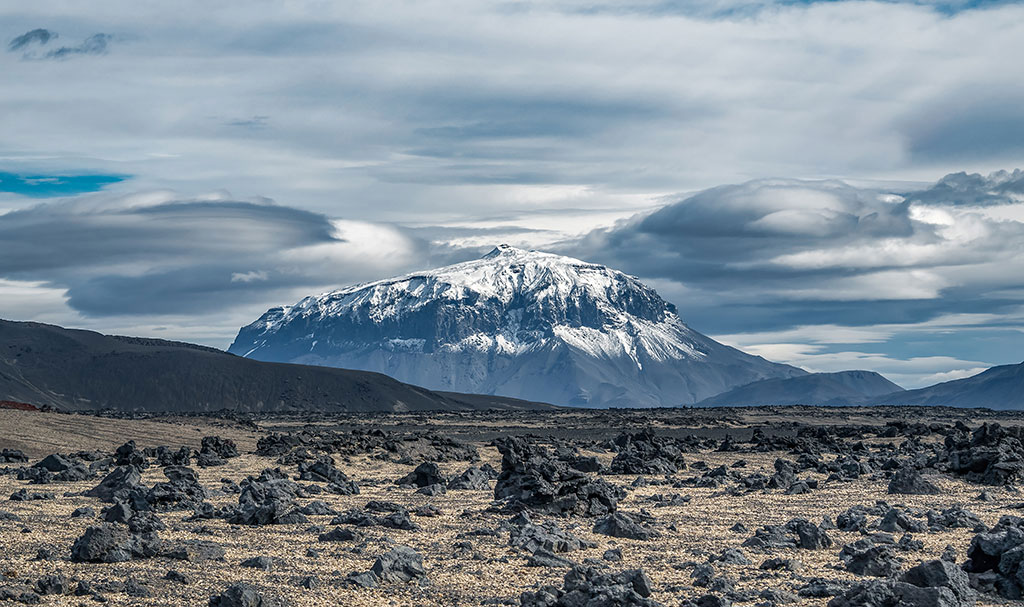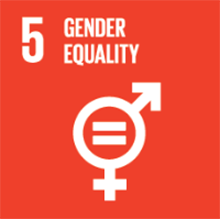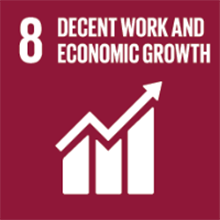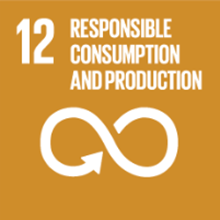Landsbankinn's sustainability and ESG goals

Landsbankinn has adopted the following goals to enable it to work systematically towards the UN’s sustainable development goals (SDGs) and the Paris Climate Agreement through its core operation. For a more detailed discussion of the SDGs, go to Responsible banking and the SGDs.
- Assess emissions from Landsbankinn’s credit and asset portfolios
This is a 4-year goal, i.e. the aim is to publish information about emissions from Landsbankinn’s credit and asset portfolios in the ESG report for 2023 (to be published in early 2024).
Work on this goal will be based on the PCAF carbon accounting method. Mapping emissions from credit and asset portfolios is a complex and difficult task. Development of the PCAF carbon accounting method aims to enable banks to measure emissions in a scientific and comparable manner. - Develop green lending
The goal is to develop a green credit framework in 2020 and use it to establish in realistic terms the percentage of green loans in the Bank’s credit portfolio by 2025.
The results will be published in Landsbankinn’s ESG report for 2020, to be published in early 2021. - Work to close the gender-based wage gap and boost gender equality in the labour market
The Bank has worked towards this target through its efforts to promote equality in recent years by making it its policy to ensure at least 40% representation by either gender in the Bank's management teams. This has been achieved in the Bank’s executive board and future efforts shall focus on balancing the gender ratio in other areas and to maintain the positive progress already made.
Developments will be communicated annually through Landsbankinn’s ESG report.
These goals support SDGs 5, 8 and 12; the three SDGs Landsbankinn is working to promote through its core operation. Two of Landsbankinn’s goals also support SDG 13, on climate action, and the Bank has always considered its work in connection with SDG 8, on responsible production and consumption, and 12, on responsible production and consumption, to constitute action against climate change.
Landsbankinn has set these goals in order to work effectively, measurably and against a set schedule to achieve the PRBs, comply more fully with the GRI Standards and the targets the agreement on climate action the Bank has signed with Festa and the City of Reykjavík, and which is in line with the Paris Climate Agreement.



Methods used to develop the goals
Landsbankinn used draft guidelines from UNEP FI, published in September 2019, Impact Identification & Assessment for Bank Portfolios, in the development phase of its own goals.
In preparation for the project, Landsbankinn’s sustainability expert reviewed the methodology of the guidelines with the assistance of an outside consultant1 for the purpose of analysing the guidelines and preparing an action plan.
The first step was to identify the main impact of Landsbankinn’s operation in Iceland using UNEP-FI’s impact radar. This included careful review of the following steps of the guidelines:
- Significant impact area
- Impact identification
- Impact assessment
- Impact needs
- Impact performance
- Impact targets
- Bank impact profile
- Impact management
An attempt was made to involve as many of Landsbankinn’s stakeholders as possible and the following parties were interviewed:
- Landsbankinn’s Executive Board
- The Consumers’ Union
- Landvernd, the National Association for the Protection of the Icelandic Environment
- Festa, Centre for Corporate Social Responsibility.
Data from the interviews, in which respondents were asked about sustainability and ESG in relation to Landsbankinn, was used to elucidate the Bank’s impact on Icelandic society. 17 individuals in the following categories were interviewed for this purpose:
- Customers, retail
- Customers, partners
- Customers, SMEs
- Customers, large enterprises
Data from the interviews was used to analyse Landsbankinn’s impact on Iceland, as the country is defined as the Bank’s operational area. The overall impact was broken down into impact from the following operating units:
- Commercial banking
- Corporate banking
- Investment banking
- Capital markets
In order to focus on Landsbankinn’s core operation and the SDGs the Bank has chosen to emphasise, in addition to the targets of the Paris Climate Agreement, regard was had for the sub-targets of the SDGs considered most applicable to Iceland. Information from the interviews was analysed based on these sub-goals. The sub-goals most emphasised in the interviews and which fell under SDGs 5, 8 and 12 were drawn out. The sub-goals of SDG 13 were also considered as compatible with the targets of the Paris Climate Agreement, and as the Bank was seeking means of working towards better integrating the Agreement in its operation.
The next step was a survey, sent to members of the public and Landsbankinn’s employees. The survey was performed by EMC rannsóknir and aimed to identify the issues that are most important to the public and employees. The survey also asked what actions the respondent’s bank could take to promote sustainability and ESG. Respondents among the public were 603 and 367 from among Landsbankinn’s employees.
Results from both surveys were very similar and identical in the three top issues identified as most important for Iceland.
- Adopt a circular approach in all consumption and production to ensure that resource utilisation does not exceed natural tolerance.
- Ensure equal opportunities and equal pay for the same work.
- Work to reduce climate change and its impact on nature.
Thus, the three goals of Landsbankinn were shaped in collaboration with both internal and external stakeholders and with regard to international guidelines. The goals are linked to the SDGs and/or the Paris Climate Agreement in the following manner:
By identifying emissions from its credit and asset portfolio, Landsbankinn can assess its effect on the climate and encourage reduced emissions. Companies can achieve a reduction in emissions by adopting circular approaches and in so doing lessen their impact on the climate. This goal supports SDG 12 and the Paris Climate Agreement.
Development of green loans encourages companies to optimise their operation through green projects. This goal supports SDGs 8 and 12 and the Paris Climate Agreement. Once a green credit framework has been developed, the extent of which such products can support companies in green endeavours will be easier to assess. More information will be published at a later date, as it is too early to make any claims at this stage.
Work to reduce the gender-based wage gap and boost gender equality in the labour market supports equal opportunities and equal pay for comparable work. This goal supports SDGs 5 and 8.
In addition to contributing to SDGs 5, 8 and 12, and the Paris Climate Agreement, work to attain these goals will allow the Bank to fulfill many GRI Standards even more thoroughly. The goals will impact the following GRI indicators:
| 102-8 | 201 | 301-1 | 401-1 | FS6 |
| 102-22 | 201-2 | 301-2 | 401-2 | FS7 |
| 102-24 | 203-1 | 301-3 | 403-1 | FS13 |
| 103 | 203-2 | 302 | 403-2 | FS14 |
| 103-2 | 302-1 | 403-3 | FS16 | |
| 302-2 | 403-4 | |||
| 302-3 | 404-1 | |||
| 302-4 | 404-2 | |||
| 302-5 | 404-3 | |||
| 303 | 405-1 | |||
| 303-3 | 406-1 | |||
| 305 | 408-1 | |||
| 306 | 409-1 | |||
| 307 |
The goals will be reviewed annually and developments disclosed in Landsbankinn’s ESG report.
1. Finnur Sveinsson, sustainability consultant.